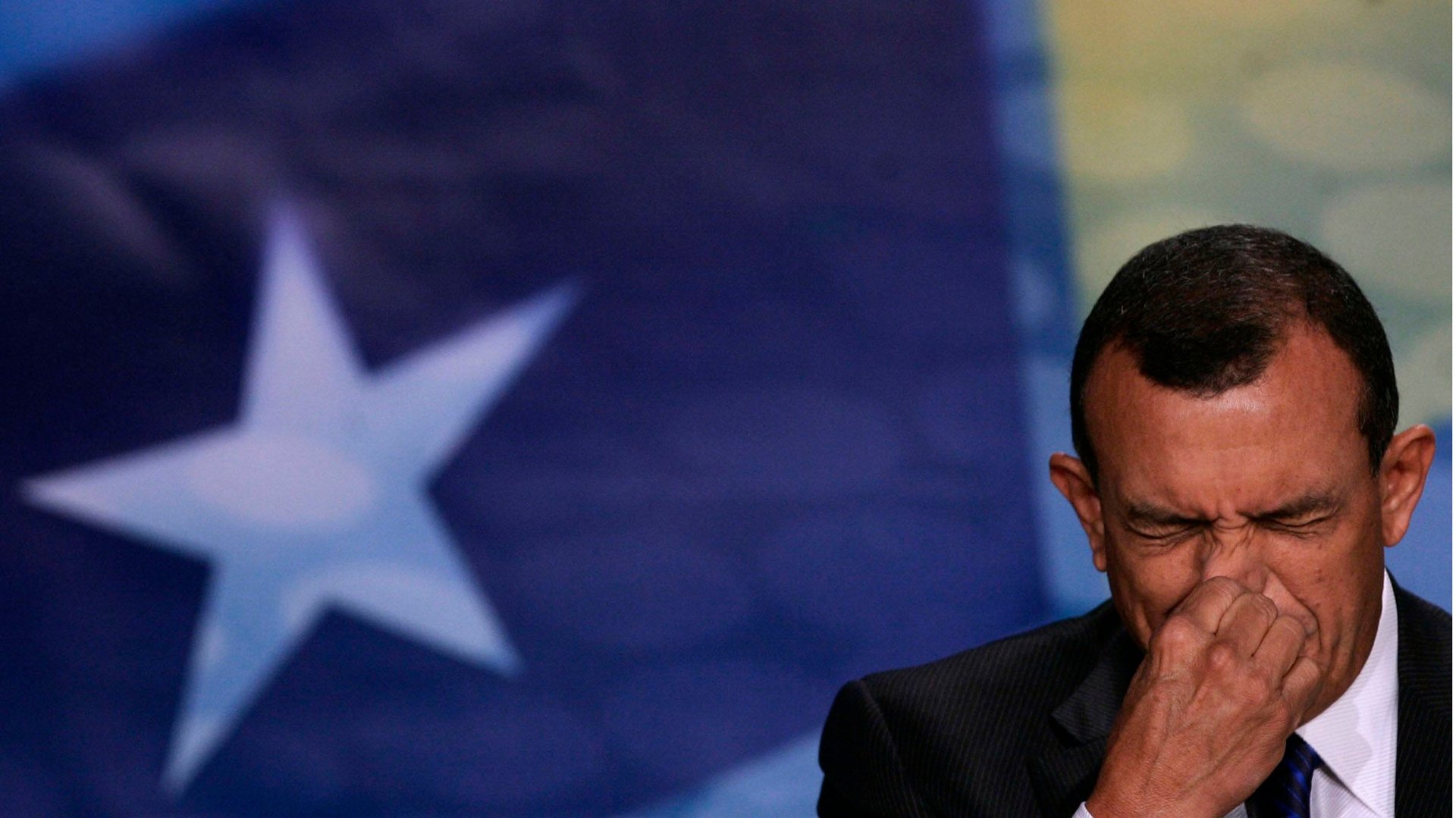Your pollen allergy may feel miserable now, but it’s going to get even worse thanks to climate change
Spring is time for the glorious beginning of new things. Most people celebrate it, but not the many millions who are hit with sneezing fits and itchy eyes.


Spring is time for the glorious beginning of new things. Most people celebrate it, but not the many millions who are hit with sneezing fits and itchy eyes.
And things are going to get worse—not just for those who suffer from a pollen allergy, but also for those who never had allergies before.
A quick primer on why pollen causes allergies in the first place: Although pollen is benign, your immune system treats it like it would any foreign body, attacking the microscopic pieces of plant matter with antibodies released by the immune system. To aid this process, the body releases the neurotransmitter histamine, which enables more of the immunity-boosting cells to enter the blood stream, but also causes inflammation in the form of a runny nose and itchy eyes.
Now climate change is lengthening the pollen season and claiming new victims. The increased level of carbon dioxide in the air has made spring come earlier and is also changing pollen release patterns. A 2014 report by National Climate Assessment, a US government agency, says:
Climate change, resulting in more frost-free days and warmer seasonal air temperatures, can contribute to shifts in flowering time and pollen initiation from allergenic plant species, and increased CO2 by itself can elevate production of plant-based allergens. Higher pollen concentrations and longer pollen seasons can increase allergic sensitizations and asthma episodes, and diminish productive work and school days.
In other words, not only will pollen season start earlier and last longer because of global warming, but the increased concentrations of pollen in the air will create allergy symptoms in people who did not experience them before. What’s more, research suggests that early exposure to allergens can create a lifelong susceptibility to allergies.
Although the US report only warns of the potential for climate change to affect pollen production, the effects are already visible. In 2009, for instance, ragweed pollen lingered in Wisconsin for two weeks longer than usual. A 2015 analysis highlighted that the trend across different countries—including Denmark, Finland and Spain—suggested that pollen concentrations may increase by 50% or more by 2100 for species such as birch, oak, and grass.
In the United States, 58 million Americans fall prey to hay fever every year. And right now it is peak pollen season in the north east of the country.
“This particular season, we’ve been bombarded by phone calls from people experiencing allergy symptoms for the very first time,” Clifford Bassett of Allergy & Asthma Care of New York told CBS. “And not only allergies, but pollen-triggered asthma—wheezing. People in their 50s, 60s, and beyond—never had it before.”
Ultimately, given how easily pollen spreads, it is near impossible to avoid. All you can do is try and reduce your exposure by staying indoors, and cleaning your house more often. If nothing else works, there’s always the option of some medication.